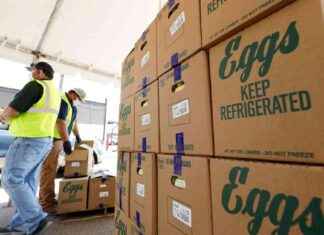BRUSELAS, 29 Nov. (EUROPA PRESS) –
The Council and the European Parliament agreed in the early hours of this Wednesday to review the industrial emissions directive, which asks member states to include fines of at least 3% of the annual turnover of those EU operators with violations. for more serious non-compliance.
The text urges EU countries to establish effective, proportionate and dissuasive sanctions for those who violate the measures adopted to implement the directive and which must take into account the seriousness and duration of the violation, whether it was recurrent and the persons and the environment that it affected.
They must also ensure that people have the right to claim compensation when damage to their health has occurred as a result of a violation of the national rules transposing the directive.
The agreement, which must be formally endorsed by both institutions, aims to offer better protection of human health and the environment by reducing harmful emissions from industrial facilities, including intensive livestock farms, into the air, water and the soil and through waste discharges.
The co-legislators have introduced the concept of environmental performance limit values (EPLVs), which will be set by the competent authorities in the permit to authorize the establishment and operation of the facilities and whose ranges will be binding for all resources energy, except for water.
The provisional text adjusts certain agricultural thresholds for animal husbandry, which stand at 350 units for pigs; 280 for poultry – 300 for laying hens – and 380 heads of livestock for mixed farms, while extensive farms and the breeding of animals for domestic use are excluded from the scope of the directive, as claimed countries like Spain.
These new rules will be applied progressively, starting in 2030 with the largest farms.
It also includes mining activities in the scope of the directive, covering the extraction and processing of non-energy minerals produced on an industrial scale, such as iron, copper, gold, nickel and platinum. Subject to a review and legislative proposal from the Commission, the scope may also be extended to industrial minerals.
The co-legislators have set a date of 2028–and every five years thereafter–for the Commission to review the implementation of the directive, an assessment should take into account emerging techniques and the need for additional pollution prevention measures or requirements of minimum emissions limits at EU level.
Looking ahead to 2026, the Community Executive must evaluate the best way to address the emissions generated by livestock farming and agricultural products sold on the EU market.







